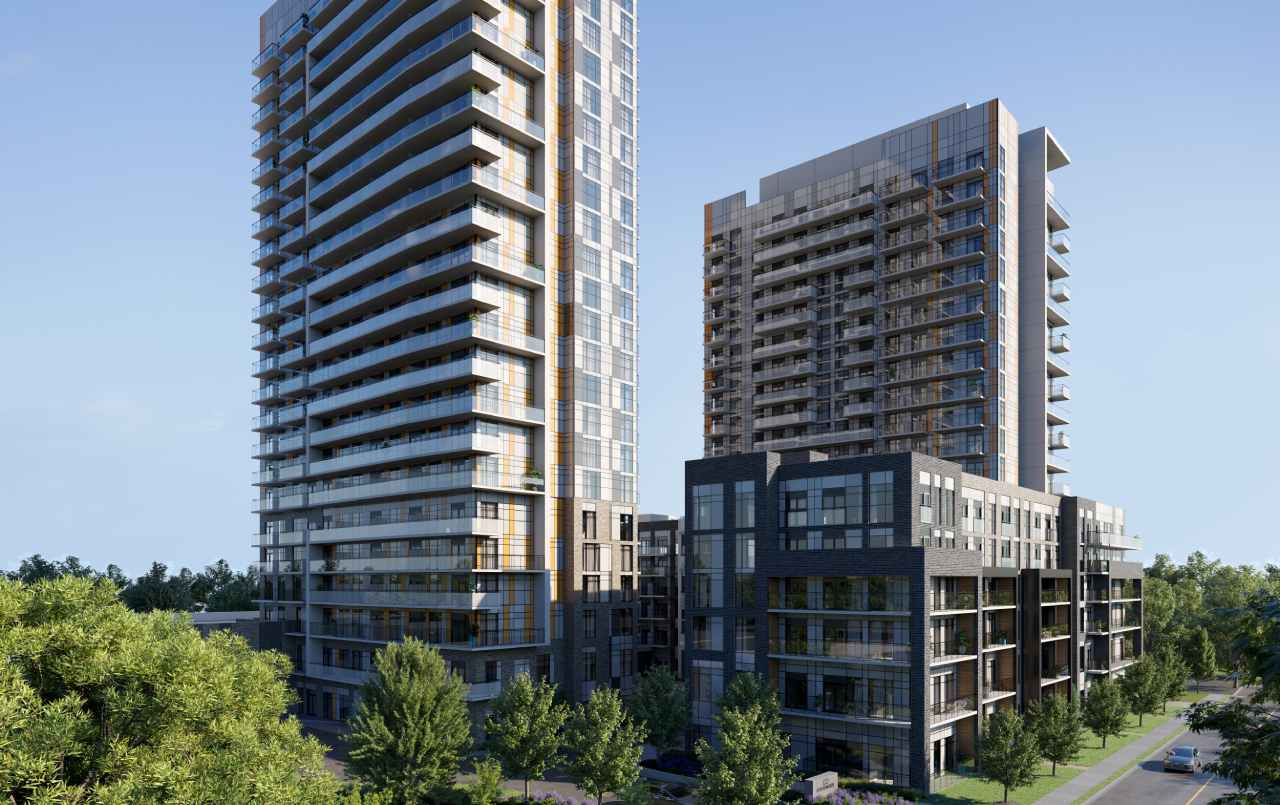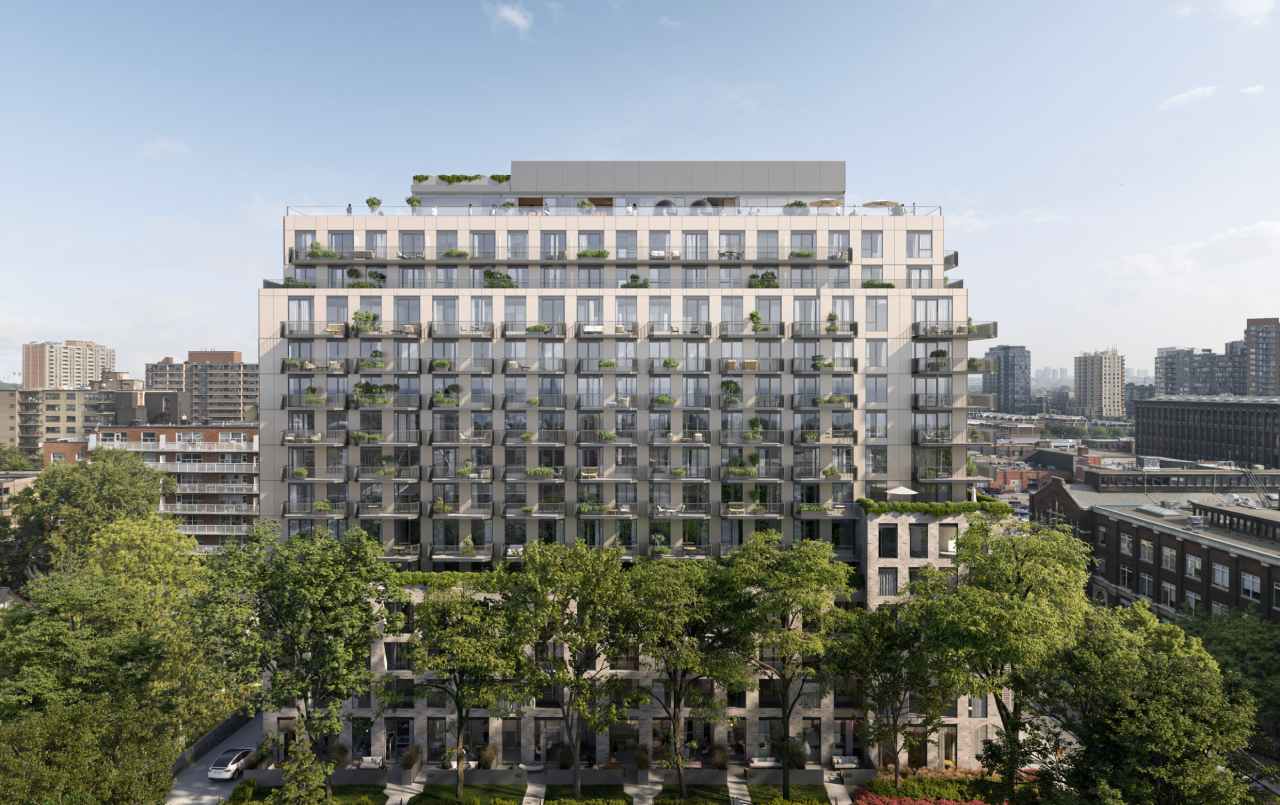
You may not have heard this in a while, but the Canadian real estate market is gradually moving towards balanced market conditions.
That’s accurate. After the buying frenzy in 2020 and 2021, the home market in Canada had a dramatic cooling off in 2022 as a result of the Bank of Canada (BoC) rising interest rates. As a result, many potential purchasers stayed on the sidelines and the market became uncertain. This made it possible to put an end to the recent cheap money period, which helped cool the real estate market’s overheating.
Of course, the move away from the market for hot sellers has been one of the major changes in all of this.
60 percent of the regions in the nation are anticipated to change to a balanced or buyer’s market this year, according to the RE/MAX Canadian Real Estate Outlook 2023 report.
According to RE/MAX, the majority of the regions examined in the survey will see more balanced conditions in 2023, which is a trend that is already beginning to take shape as a result of the current economic climate.
The housing market will be balanced in many major Canadian cities, including Calgary, Regina, Winnipeg, the Greater Vancouver Area (GVA), and the Greater Toronto Area (GTA).
“It’s encouraging to observe that most markets are moving towards more balanced conditions, which are normally indicated by a 45 to 90 day average time on market. The demand and unsustainable price hikes we experienced in the first half of 2022 call for a much-needed adjustment, according to Christopher Alexander, President of RE/MAX Canada.
But now that the hot years of 2020 and 2021 are over, how does a seller buy when the Canadian real estate market has returned to equilibrium?
Selling Under Balanced Market Conditions
First, what exactly is a market that is balanced? Residential property supply will be in balance with buyer demand at this point. The two main sorts of housing markets are buyers and sellers. In the former, there are significantly more available homes than there are buyers, while in the latter, supply far outstrips demand.
In fact, for the past few years, homeowners have readily sold their homes for more than the asking price. Selling these homes has grown more difficult due to changes in the Canadian real estate market.
Here are five suggestions for selling your house in a healthy market:
#1 Set a Competitive Price
It’s critical to set a price that corresponds with the market right now because active or new home listings are currently keeping up with the number of purchasers. However, according to real estate experts, when the overall home market is stable, buyers might be a little more picky. It is crucial to price your home appropriately depending on what is happening in the neighbourhood and what the agents suggest.
#2 Home Inspector
It is crucial to engage a contractor or a home inspector before putting your house on the market to find out whether there is anything wrong with the building, whether it is something that needs to be fixed or replaced.
Many purchasers gave up the thought of employing a home inspector during the housing boom since it might have cost them the single-family home, connected property, or townhouse. Today things are a little different, and even small fixes could discourage purchasers from making an offer.
#3 Clear Your Things
When potential buyers visit your house, they want to see how their belongings would look in the living room, bedroom, or kitchen. They don’t want unnecessary clutter to draw their attention away from potential installation locations. Hence, as a general guideline, vendors must remove at least 50% of their furniture, accessories, or other objects from each room. Visitors will get a better concept of how they will seem in the new home if there is more room.
#4 Add Incentives
Even if you don’t have to go beyond in your negotiations, you could need to offer small incentives to lure customers. This could be in the form of new electronics, appliances, or even homeowner association dues. The minor things can help ensure that the house sells more quickly and without any hassles. For some areas of the country’s housing market, this might not be necessary, but it might be absolutely important in an area with low sales volumes.
#5 Wait and See
The listing would very certainly sell for more than what it was listed for during the preceding boom. Nowadays, everything has been turned upside down, so once an agreement has been reached, you will know what percentage of the actual selling price you will receive. Since you are looking for a new house and do not know how much equity you will have, this might be challenging. As a result, it could take some time before you can decide what you can afford.








